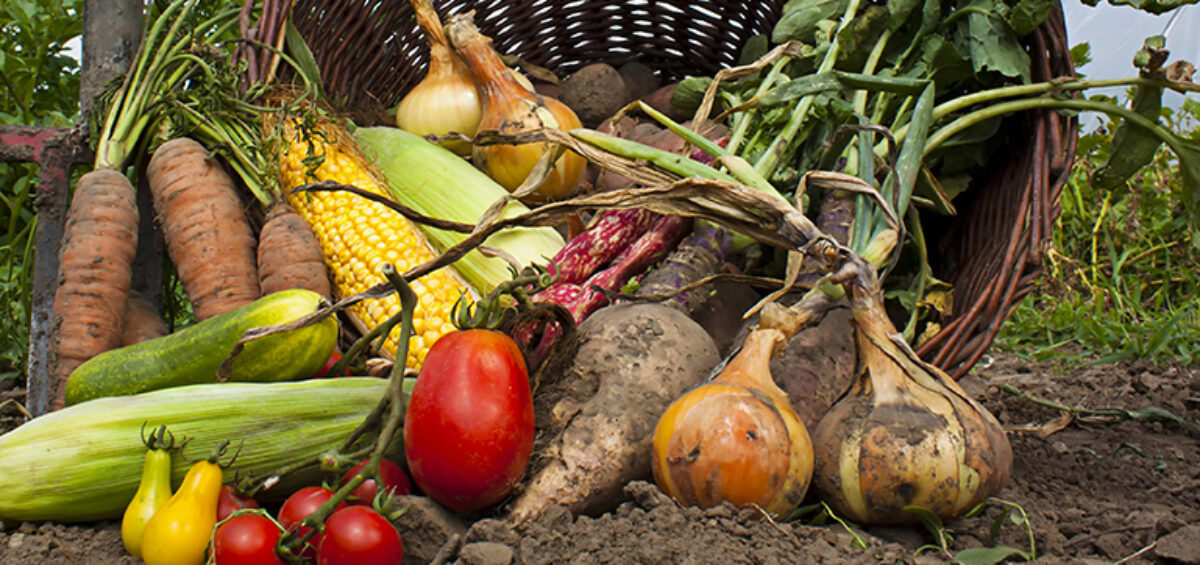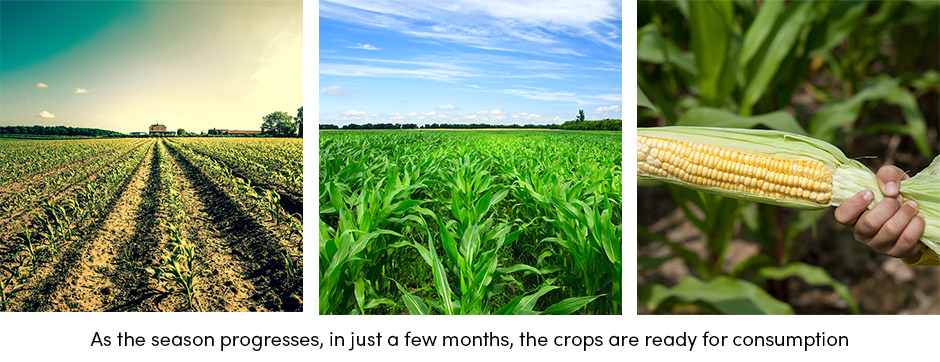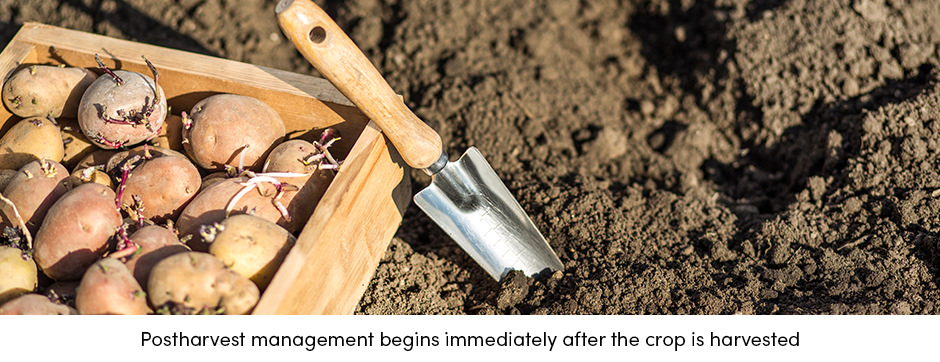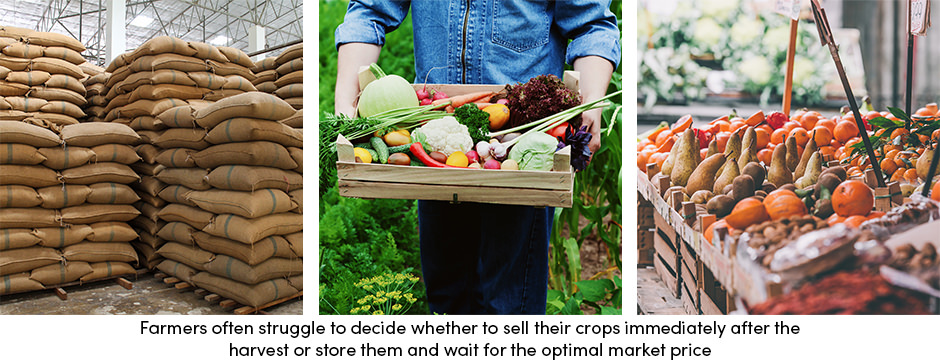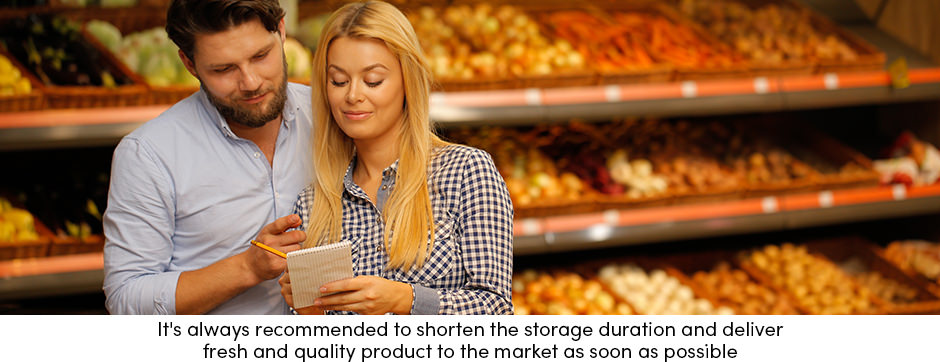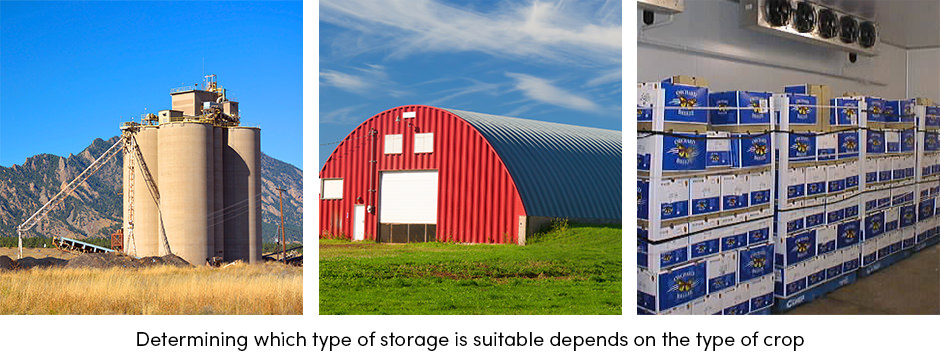Being a farmer means having the special privilege of watching how the hard work and miraculous nature turn the fields, vineyards, and orchards into a true paradise. As the season progresses, within just a few months, the crops are ready for consumption. Once the crops reach their full maturity, they are ready for the ultimate stage-harvest. Although people often think that farmers’ hard work is finished when the harvest is done, the reality is completely different. In fact, after the harvest is done, a farmer’s work begins to intensify.
A new production cycle, known as postharvest management, begins immediately after the crop is harvested, and lasts until the product has reached its market, and finally the customer.
Generally, postharvest management is a set of a few farm practices, which include:
- Cleaning
- Grading, sorting, or drying (depending on each crop requirements)
- Packing
- Storage
- Transport
Postharvest management is a particularly delicate stage in every crop production that directly affects the yield (thus affecting overall food production), crop quality, and the farmer’s profitability. If not managed properly, postharvest physical and quality losses can reach up to 80% of the total crop production. Therefore, the aim of postharvest management is to minimize yield losses and preserve crop quality.
Storage-The Crucial Stage for Preserving Yields
Soon after the crop is removed from the soil, or separated from the rest of the plant or tree, it begins to deteriorate. Because of that, farmers are often faced with an important decision: whether to sell the crops as soon as possible or delay selling and store the crops until they reach their optimal market price. However, in most cases, farmers are often forced to store at least a part of their yield.
Storage is defined as the process of preserving the crop for future use so that it can be usable and valuable for the consumer. In order to improve storage, minimize yield losses, and preserve crop quality, every farmer should focus on five crucial elements:
1. Storage preparational practices
Each crop has its own set of postharvest management requirements. For instance, grains require drying before storage while fruits and vegetables require grading and sorting. In this respect, it’s extremely important for farmers to take into consdieration the demands of their crops and follow the required practices.
2. Time between the harvest and arrival to the storage (or market)
The time between the harvest and arrival of a crop to the storage or market is a matter of transport management. However, it directly affects the quality of storage. Therefore, farmers who manage to minimize this critical period are one step closer to successful postharvest management.
3. Proper storage conditions
In order to minimize yield losses and preserve the crop quality, farmers have to adjust the temperature, humidity, ventilation, and light according to the crop’s requirements. It’s also important to maintain an appropriate level of storage hygiene to prevent rotting or potential disease development.
4. Storage duration
Although each crop has its own storage duration limitations, it’s always recommended to shorten the storage time and deliver the crop to the market as soon as possible.
5. A suitable type of storage
Regarding the different crop types and their requirements, there are a few different types of storage:
- Field warehouse, for arable crops
- Underground storage, arable crops, mostly root and tuber crops
- Silos, for grains
- CA storage, for fruits
- Cooling storage, for vegetables
Wise Farmers Respect the Importance of Storage
Storage is just as important as any other stage in the crop production cycle. More importantly, storage determines the final yield. Therefore, wise farmers devote time and attention to managing this final stage properly.
Are you ready to risk losing up to 80% of the yield? If the answer is no, then always keep in mind the aforementioned five elements of successful storage management.
Text sources: NCBI
Image sources: VegFru
